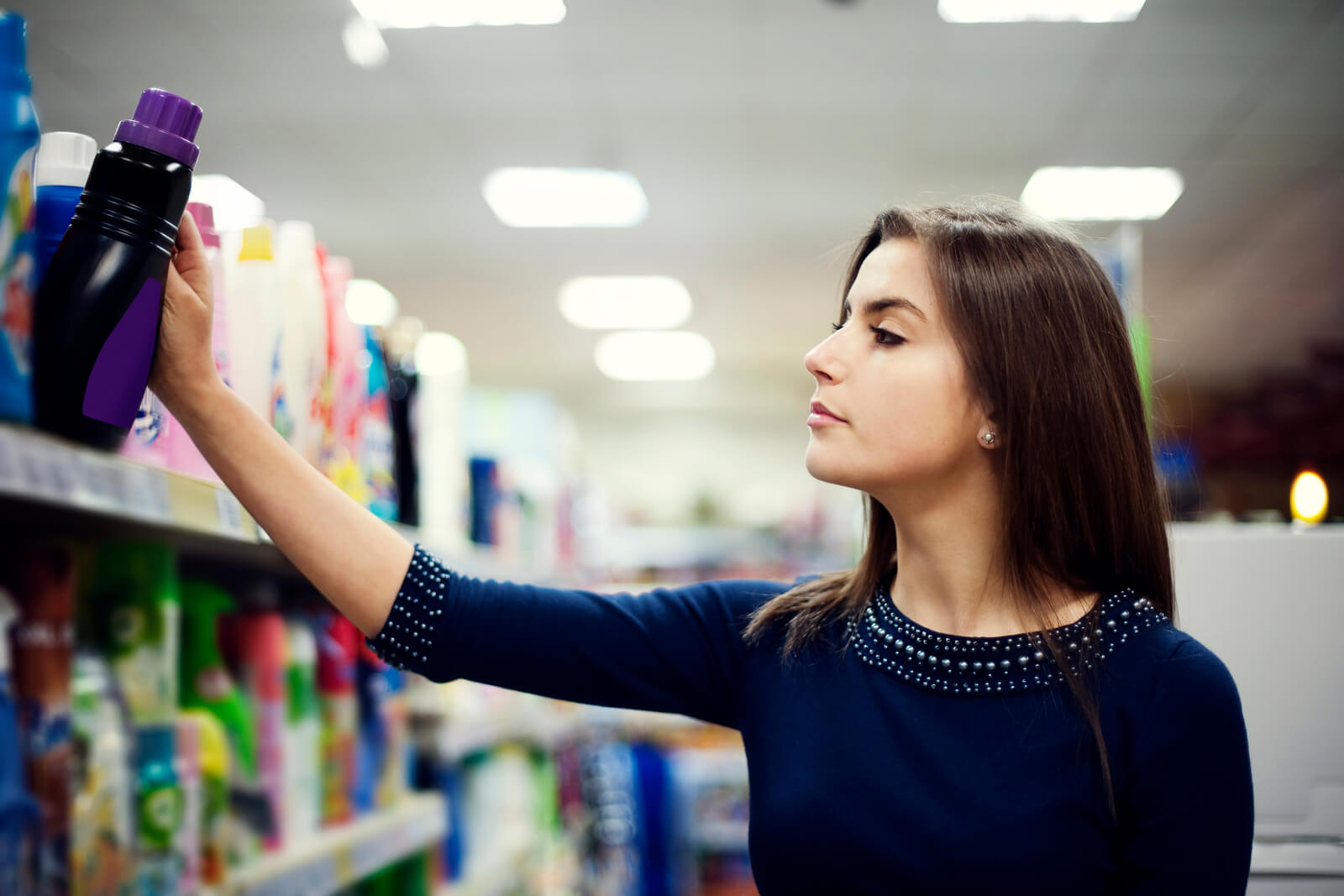
How to Read Cleaning Chemical Labels: A Guide to Safety
G'day! Let's dive into a topic that's incredibly important for anyone who loves a spick-and-span home or workplace—understanding cleaning chemical labels. Whether you're a bloke or a sheila in South Australia or anywhere in our great land, it's essential to know what goes into those bottles that help keep our spaces clean. Among the cleaning chemical safety tips you'll come across, reading and understanding labels might just be at the top of the list.
Why Bother with Labels?
The simple answer is: your safety. Those labels tell you what you're dealing with, how to handle the product safely, and what to do if things go pear-shaped. Ignoring them could mean risking your health or causing damage to your lovely home. So, let's break down exactly what you should be looking out for.
Get Familiar with Your Cleaning Mates
First off, don’t skip the label or the Safety Data Sheet (SDS) that often accompanies cleaning products. These documents contain heaps of useful info, including the chemical's ingredients, potential hazards, and how to use them safely.
- Ingredients List: Familiarise yourself with what's inside. This can help you identify any allergens or toxic compounds you might want to avoid.
- Hazard Warnings: Look for symbols or warnings about what might happen if you're not careful. These often use simple icons that indicate whether a product is corrosive, flammable, or harmful if inhaled.
- Instructions for Use: These will guide you on how much to use and the best way to apply the product.
- First Aid Measures: This is handy information you hope you’ll never need but should know just in case.
Learn the Language of Safety Signs
You don't have to be a chemist to figure this stuff out, but knowing a few safety signs is invaluable. There are standard signs and phrases used on cleaning products across Australia.
- Flammable: A flame icon signifies that the product can catch fire easily.
- Toxic: A skull and crossbones indicate that the content is poisonous if swallowed, inhaled, or absorbed through the skin.
- Corrosive: An icon showing materials dissolving something warns that the product can damage or destroy some kinds of materials, including skin.
Wear Your Protective Gear
On the subject of cleaning chemical safety tips, it’s worth noting the importance of personal protective equipment (PPE). You might need gloves, masks, or even goggles, depending on what you’re working with. It’s always a great idea to keep your protective gear handy, especially when dealing with more potent chemicals.
Never Mix Without Knowing
A common mistake is mixing different cleaning chemicals, thinking it will double the power. This is a big no-no. It can lead to dangerous reactions. So, keep your chemicals separate unless you’ve read that it’s safe to combine them.
Store Your Chemicals Smartly
How you store cleaning chemicals is just as important as how you use them. Always keep them in their original containers unless it’s absolutely necessary to transfer them. In such cases, ensure the new container is marked clearly. Store them in a cool, dry place, out of reach of children and pets, and far away from food preparation areas.
Implementing Safety Protocols
If managing a workspace, initiate a safety program for cleaning chemicals. Keep a record of all cleaning supplies, their hazards, and their storage locations. Regular training sessions can also help make sure everyone knows how to handle and use the products safely.
Knowledge is Your Best Mate
Lastly, here are a few last-minute cleaning chemical safety tips to keep in mind:
- Always read and follow the product instructions—no cutting corners!
- Ensure good ventilation when using chemicals, to avoid building up fumes in enclosed spaces.
- Have a first aid kit nearby and know how to use it for chemical-related accidents.
- Regularly wash your hands after handling chemicals, even if you’ve been wearing gloves.
Conclusion
When it comes down to it, understanding cleaning chemical labels isn’t rocket science, but it does require some attention to detail. By following these cleaning chemical safety tips, you're not just protecting yourself, but also those around you, whether they're mates, coworkers, or family.
So, next time you pick up a cleaning product, spare a moment to read the label. Your future self will thank you for it. Happy cleaning and stay safe!
